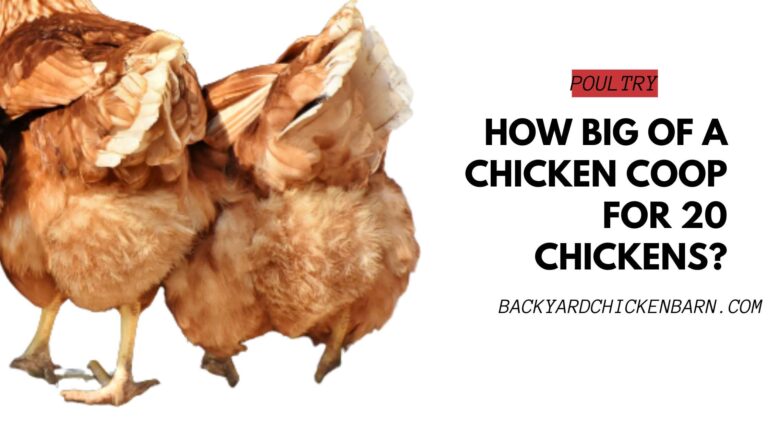Best Small Incubators
If you’re looking to hatch a small number of eggs, a compact incubator is your best option. Small incubators are perfect for hobbyists, educators, or anyone who wants to start hatching without investing in a large, expensive unit. Here are the best small incubators on the market, along with their features, pros, cons, and overall performance to help you make an informed decision.
Key Features to Consider
When selecting a small incubator, consider these crucial features:
- Capacity: Number of eggs it can hold.
- Automatic Egg Turning: Ensures eggs are turned regularly to promote even development.
- Temperature Control: Consistent and accurate temperature regulation.
- Humidity Control: Ability to maintain proper humidity levels.
- Ease of Use: Simple setup, monitoring, and cleaning.
Top Picks for Small Incubators
1. Magicfly Digital Mini Fully Automatic Egg Incubator
- Capacity: 9-12 chicken eggs or 12-24 quail eggs
- Features:
- Automatic egg turning
- LED display for temperature monitoring
- Compact and easy to use

Pros: Affordable, ideal for beginners, good hatch rate.
Cons: Limited capacity, manual humidity control required.
2. HBlife Digital Incubator
- Capacity: 7 chicken eggs or 10 quail eggs
- Features:
- Automatic egg turning
- LED display for temperature monitoring
- Transparent lid for easy viewing

Pros: User-friendly, compact, and affordable.
Cons: Smaller capacity, manual humidity control needed.
3. Brinsea Mini II Advance Automatic Incubator
- Capacity: 7 chicken eggs or 12-24 quail eggs
- Features:
- Automatic egg turning
- Digital temperature control
- High-quality build

Pros: Reliable, easy to use, and durable.
Cons: Limited capacity for larger batches.
4. Kebonnixs 12 Egg Incubator
- Capacity: 12 chicken eggs or 20 quail eggs
- Features:
- Automatic egg turning
- Temperature control
- Humidity gauge with external water top-up
- LED display for easy monitoring
- Built-in egg candler for checking egg viability

Pros: User-friendly, good capacity for a small incubator, reliable performance, convenient water top-up.
Cons: Manual humidity control required.
5. Nurture Right 360 Incubator
- Capacity: 22 chicken eggs or 32 quail eggs
- Features:
- Automatic egg turning
- Digital display for temperature and humidity
- 360-degree visibility
Pros: High visibility, consistent environment, user-friendly.
Cons: Moderate capacity, slightly higher price point.
Comparison Table
| Model | Capacity | Automatic Turning | Digital Control | Price Range |
|---|---|---|---|---|
| Magicfly Digital Mini | 9-12 chicken eggs / 12-24 quail eggs | Yes | Yes | $ |
| HBlife Digital Incubator | 7 chicken eggs / 10 quail eggs | Yes | Yes | $ |
| Brinsea Mini II Advance Automatic | 7 chicken eggs / 12-24 quail eggs | Yes | Yes | $$ |
| Kebonnixs 12 Egg Incubator | 12 chicken eggs / 20 quail eggs | Yes | Yes | $$ |
| Nurture Right 360 | 22 chicken eggs / 32 quail eggs | Yes | Yes | $$$ |
Tips for Successful Incubation
- Pre-Incubation Check: Test your incubator for 24 hours before adding eggs to ensure all functions are working correctly.
- Stable Environment: Place your incubator in a room with a consistent temperature to avoid fluctuations.
- Humidity Monitoring: Use a hygrometer to maintain appropriate humidity levels, especially during the hatching period.
- Egg Positioning: Place eggs with the larger end up and ensure they are evenly spaced.
- Turning Eggs: If using a manual incubator, turn the eggs at least three times a day to prevent the embryo from sticking to the shell.
Conclusion
Selecting the best small incubator depends on your specific needs, whether you’re a beginner or a seasoned hatchery enthusiast. From compact, beginner-friendly models like the Magicfly Digital Mini to slightly larger but feature-rich options like the Nurture Right 360, there’s a small incubator to suit every need and budget. By understanding the features and benefits of each model, you can ensure a successful and rewarding hatching experience.


